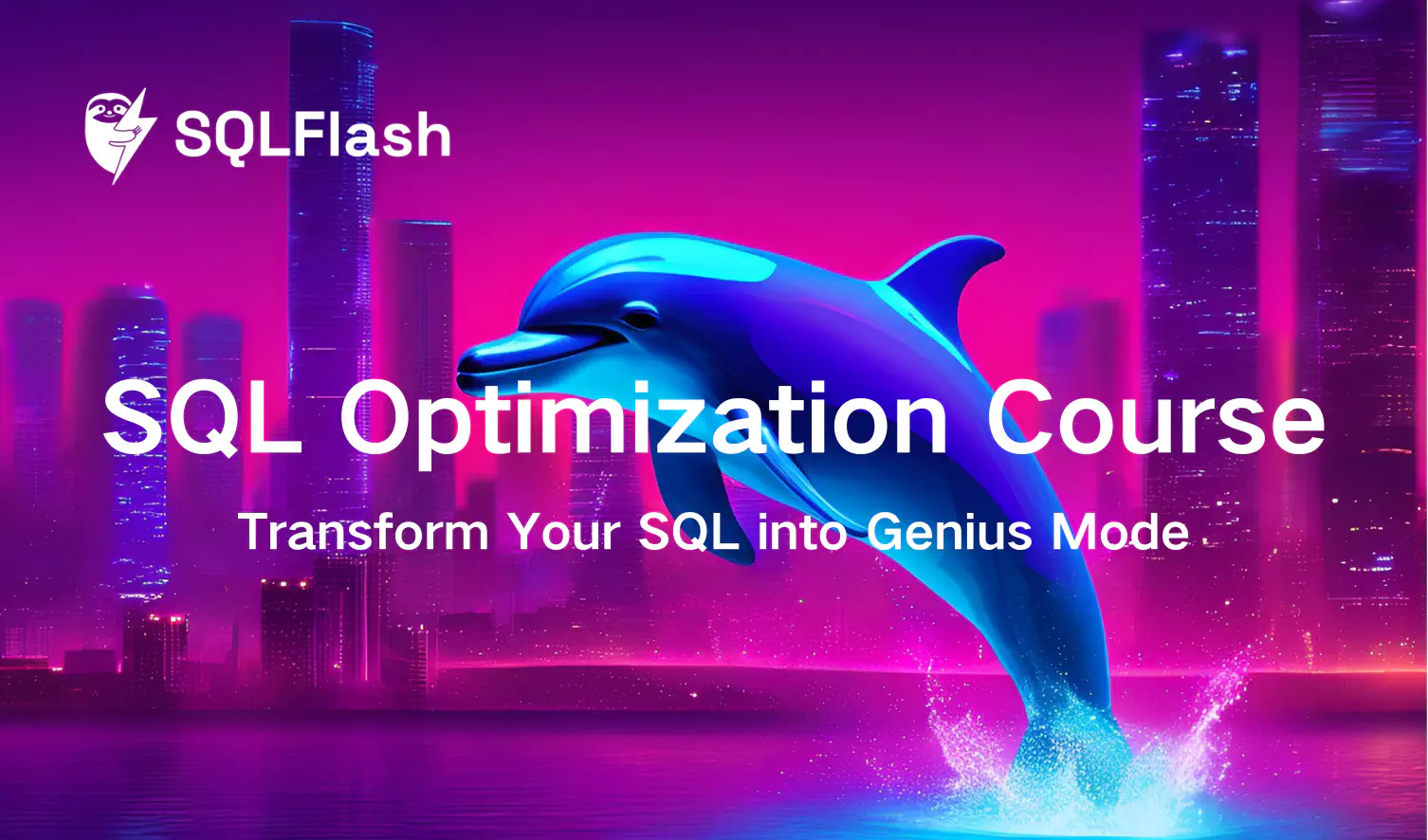Lesson 32 of the SQL Optimization Course: Optimizing MySQL Performance with Native Partitioning Techniques


For relational databases, the design of tables and SQL is written are particularly crucial. It wouldn’t be an exaggeration to say that they account for 90% of performance. So this time, specifically targeting these two major knowledge areas, we’ll conduct a detailed analysis for you, peeling back the layers.
This Series uses plain and understandable language and selects a large number of examples to elaborate on the subtleties for you.
🧑💻 Target audience:
We will use MySQL as the demonstration database.
Partitioning reduces I/O overhead by limiting data scans to specific partitions. For example:
t1 (10 million rows) vs. a partitioned table p1 (same data, partitioned by id range).id < 1,000,000) execute faster on p1 due to fewer scanned rows.Partitioning streamlines tasks like data archiving, purging, and maintenance:
ALTER TABLE p1 TRUNCATE PARTITION p0).Non-partitioned table t1:
| |
Partitioned table p1:
| |
Partitioning reduces query costs and scanned rows by ~75%.
Update performance:
p1 scans fewer rows (998,738 vs. 3,938,068 for t1) when updating a range of IDs.Exchange partition with a non-partitioned table:
| |
This operation is 10–100x faster than manual data migration for non-partitioned tables.
Truncate a single partition:
| |
Deleting the same data from a non-partitioned table takes 26.8s (via DELETE).
👋 See you in the next lesson.
SQLFlash is your AI-powered SQL Optimization Partner.
Based on AI models, we accurately identify SQL performance bottlenecks and optimize query performance, freeing you from the cumbersome SQL tuning process so you can fully focus on developing and implementing business logic.
Join us and experience the power of SQLFlash today!.